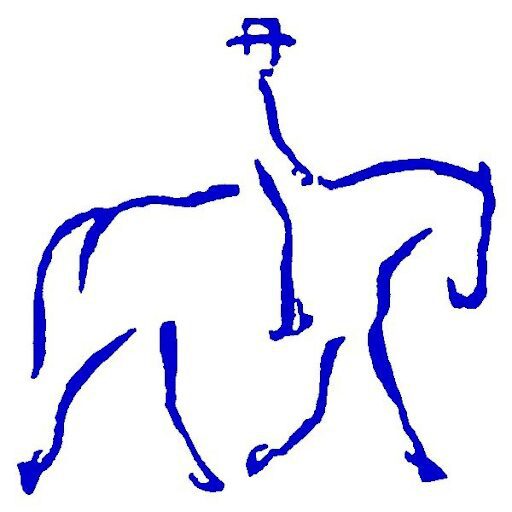1. Mindset: Mindset is how you think about your cattle. Traditionally, livestock handlers view working cattle as a job that has to be done, with the approach of “this is how we’ve always done it,” or “cattle are stupid and we have to fight them to get them to do what we want.” Stockmanship requires being open to change and learning, and asking why before asking how and what. A good stockman must be willing to take responsibility for how his or her cattle act, have a desire to work cattle correctly, and have a desire to succeed.
2. Attitude: Hibbard says Williams always said, “Low-stress livestock handling is more than just a technique of working livestock, it’s an attitude about working livestock.” Aspects of a proper attitude include being positive, determined, confident, decisive, and committed. Also, a stockman must acknowledge the great degree to which cattle are sensitive to a handler’s emotions. Scientific research has shown a direct correlation between attitude and behavior of handlers and cattle behavioral response (and subsequent production and performance).
3. Reading Animals: Low-stress handling is based on communication between human and animal, which is done through technique. Hibbard quotes Williams saying “Every step you take and every step the animal takes we’re communicating, so you have to learn to read the animals.” Understanding and communication are based on one thing — proper position, and proper position is determined by reading the animals and evaluating their response. Hibbard says in conventional livestock handling we tend to make two key mistakes: first, when things don’t go right we force the issue, and second, we fall into the habit of doing the same thing over and over again as a memorized routine. “There is no one way to do low-stress livestock handling; that is, there are numerous techniques and each situation is unique and the best strategy is to read the animals,” Hibbard said.
4. Working Animals: Just like we work with a young colt or a stock dog we’re training, Hibbard notes the importance of training and teaching our cattle. Conventionally we view cattle as animals we need to conquer – much differently than how we view our horses, dogs or other pets. Practicing maneuvering cattle by asking them to speed up, slow down, or be driven is beneficial in developing responsive and manageable livestock.
5. Preparing Animals: Working with animals involves establishing control and leadership, whereas preparing them involves actual “dry runs” of future events such as weighing, sorting, processing, or loading out. Hibbard recommends physically taking the cattle through a practice of the production event. For example, run the cattle across the scale or through the lead-in and open chute. Showing them what is going to happen before it is required makes for a calmer and more efficient event when it is time.
The five foundations are key to building up to principles, then techniques, and finally applications.
Hibbard says, “No matter how good we get at low-stress livestock handling we never transcend the basics and we cannot skip any steps, and that includes the five foundational layers.”
